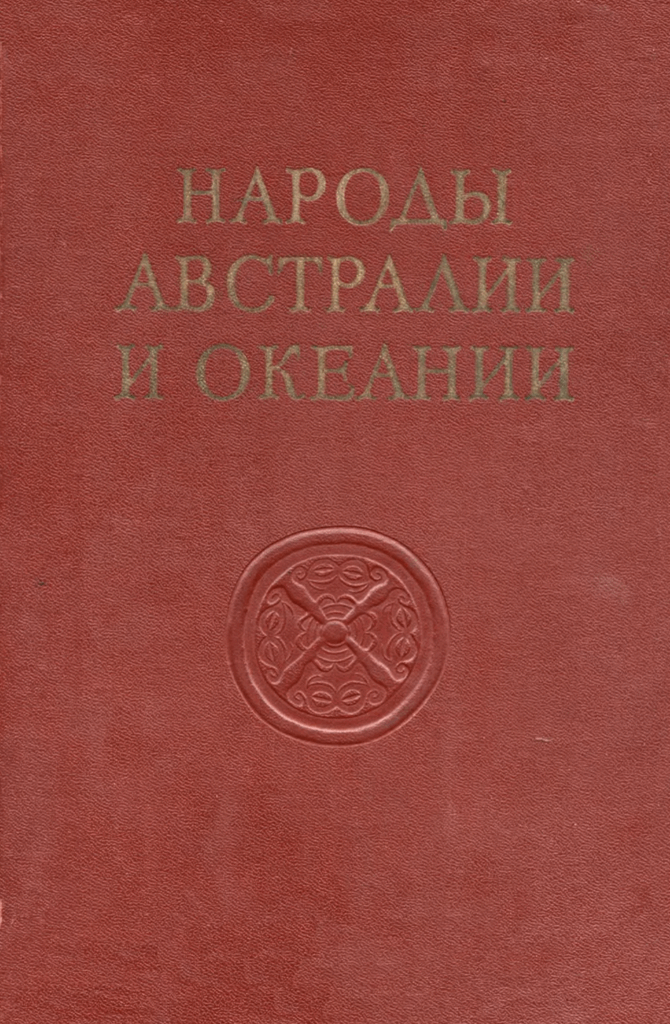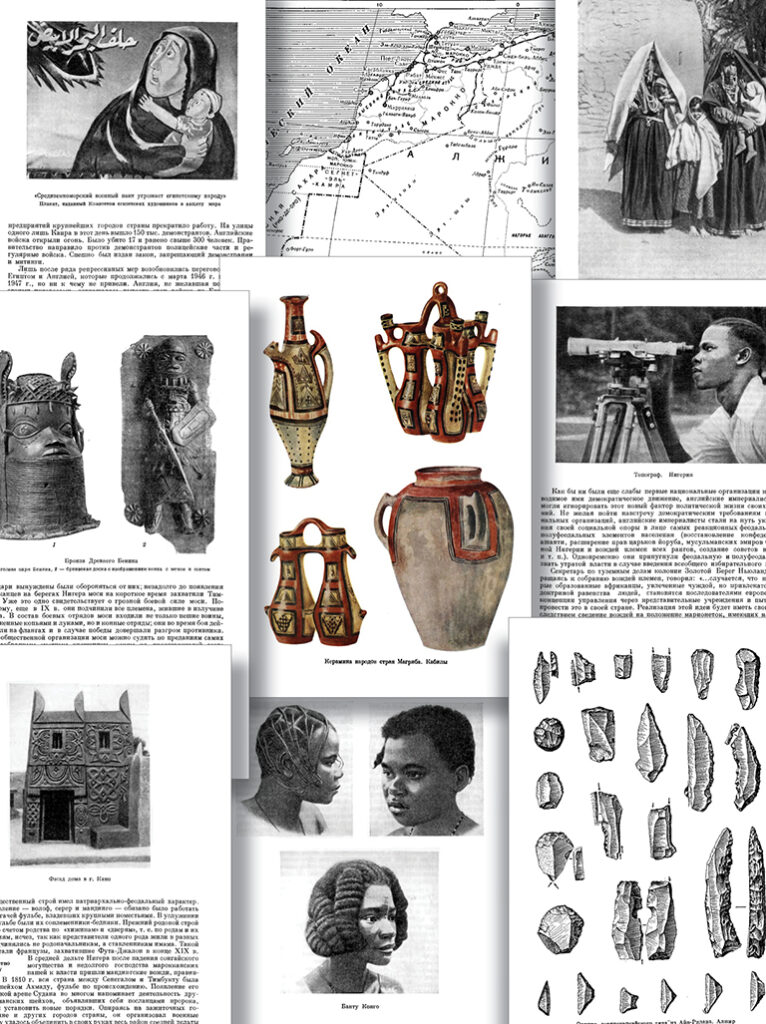Narody Mira
The Soviet Ethnographic Series
Narody mira (Народы мира, Peoples of the World) is a landmark 18-volume scholarly series on world ethnography, published by the Institute of Ethnography of the USSR Academy of Sciences between 1954 and 1966. This fundamental project remains one of the most comprehensive Soviet attempts to document and analyze the ethnic composition, cultures, and traditions of peoples across the globe.
The Narody mira series represents a genre specific to the Soviet era: a massive multi-volume work produced over years, if not decades, by the country’s intellectual elite. It was a highly choreographed and collaborative enterprise that—with the possible exception of the People’s Republic of China—had no real parallel anywhere else in the world. East View is proud to bring these monumental print works to digital life, opening them to new audiences and ensuring that the many gems of knowledge and deep research contained within are accessible to modern scholars.
For today’s researchers, Narody mira represents a unique intersection of global ethnographic knowledge and Soviet academic tradition at the height of the Cold War. The series captures a moment when Soviet scholars sought to systematize and classify the peoples of the world, offering both rich empirical data and an ideological framework that shaped research in the USSR for decades.
For scholars in anthropology and ethnography, the series provides detailed descriptions of cultures, languages, and traditions that remain valuable for comparative studies and historical analysis. Historians will find in these volumes rare insights into Soviet scholarly priorities, methodologies, and representations of both Soviet and non-Soviet peoples. Linguists can draw on the extensive coverage of language groups and dialects. Political scientists and area studies specialists can use the series to better understand how knowledge about other regions was constructed, disseminated, and employed in Soviet foreign policy and cultural diplomacy.
Narody mira is an indispensable resource for anyone studying global cultural diversity, Soviet approaches to ethnography, or the intellectual history of the 20th century. Its availability in digital format ensures that this foundational series can now serve new generations of scholars across disciplines.

